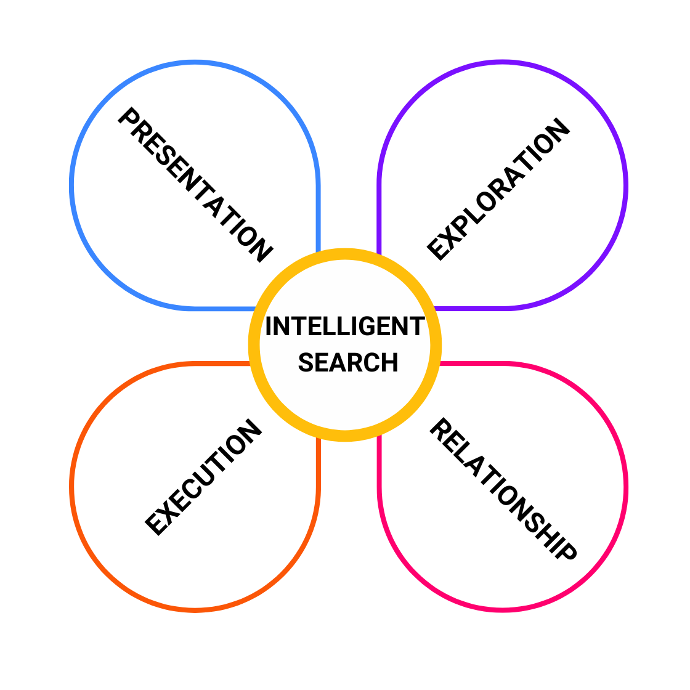One of the ways to achieve the goals of the European Research Area is through the Agoras developed in the aUPaEU project. From a bird's eye view, providing a shared digital space for researchers, businesses, and citizens creates a viable place for collaboration, strengthening relationships, and transferring knowledge to the economy. We know that acceleration services are an essential factor influencing the transformation of higher education institutions. For ordinary users of Agora, the elements involved in its design, implementation, development, and maintenance often need to be clarified or made relevant. To ensure the project's sustainability in the decades to come, we must examine several issues related to what Agora truly is: software.
Agora is designed on a modular architecture, which is the foundation of its flexibility and scalability. The platform is divided into two main modules: core modules and acceleration service modules. Core modules provide a stable, consistent foundation that supports all the services offered and facilitates navigation through the platform. They include functionalities such as user management, intelligent search, personalization, and data visualization.
On the other hand, acceleration service modules are dedicated tools tailored to specific user needs, such as research project management, integration with external data sources, or partner relationship management. This division makes Agora easily adaptable, allowing a new functionality to be added quickly or an existing functionality to be modified without affecting the overall system. This modularity also contributes to the sustainability of the platform, as each module can be developed and updated independently of other components.
Due to the expected diverse nature of the acceleration services offered by Agora, it is expected that Agora's role in the provision of each service will vary. Technically, the different acceleration services will be implemented in various ways. In addition, the way users interact with and perceive each acceleration service will also be different.
It is anticipated that Agora users will use the acceleration services offered on the platform to achieve their goals through the following activities:
- Presentation – Agora acts as a hub of information about available acceleration services, making it easy for users to find the resources they need and indicating whether they are available on the platform or in external systems.
- Exploration – Through exploratory features, Agora enables users to learn the exact scope and details of available acceleration services, so that they can make informed decisions.
- Relationships – Agora supports two-way communication between acceleration service participants, automating tasks and monitoring progress, making the acceleration process more efficient.
- Execution – Agora provides tools to manage acceleration processes by integrating software modules that support transformation according to specific service needs.
- Intelligent Search – Using advanced AI solutions, Agora's built-in intelligent search engine allows users to find the acceleration services they need quickly, even if they are unsure what they are looking for.
The modularity of the acceleration services is critical for Agora's deployment and scalability, as it allows the platform to be incrementally and flexibly extended in response to changing user needs. This approach supports the integration of new technologies and the customization of the platform to meet the specific needs of different institutions without overloading the system with unnecessary features. Modularity also enables efficient resource management, as individual modules can operate independently and scale according to the number of users and load, which is crucial for the platform's performance and long-term sustainability.
